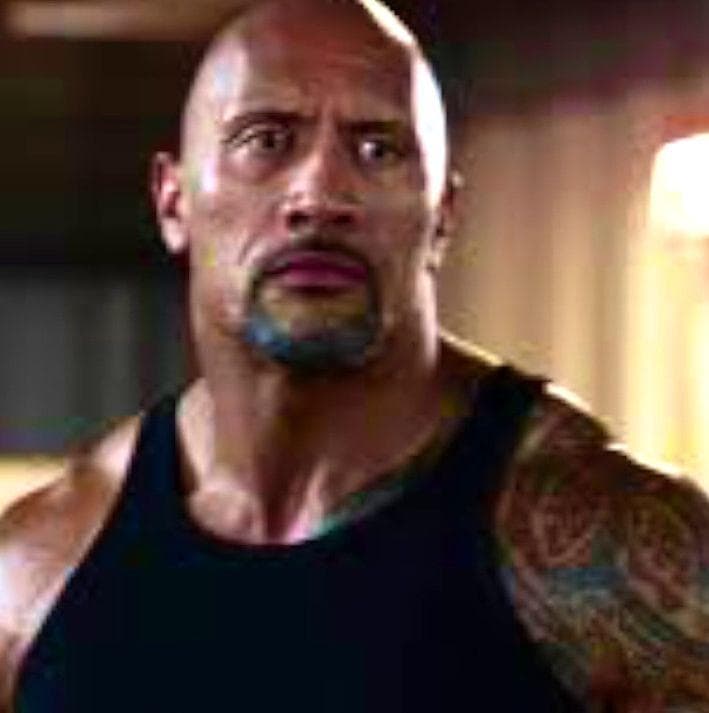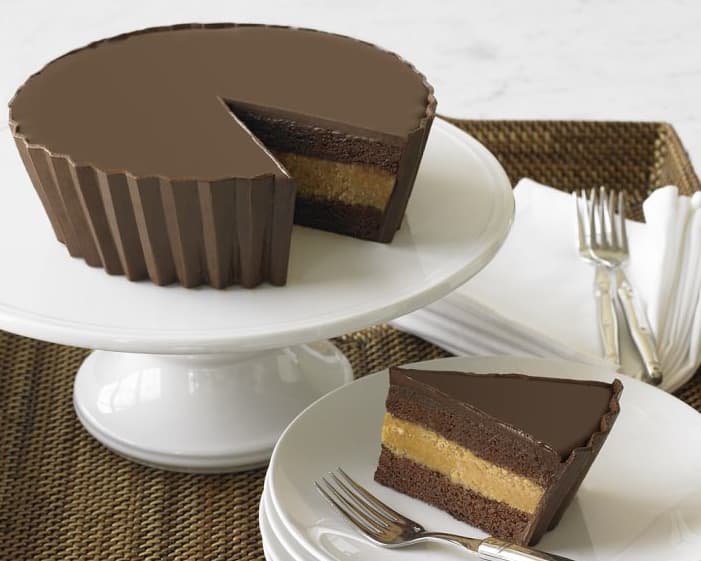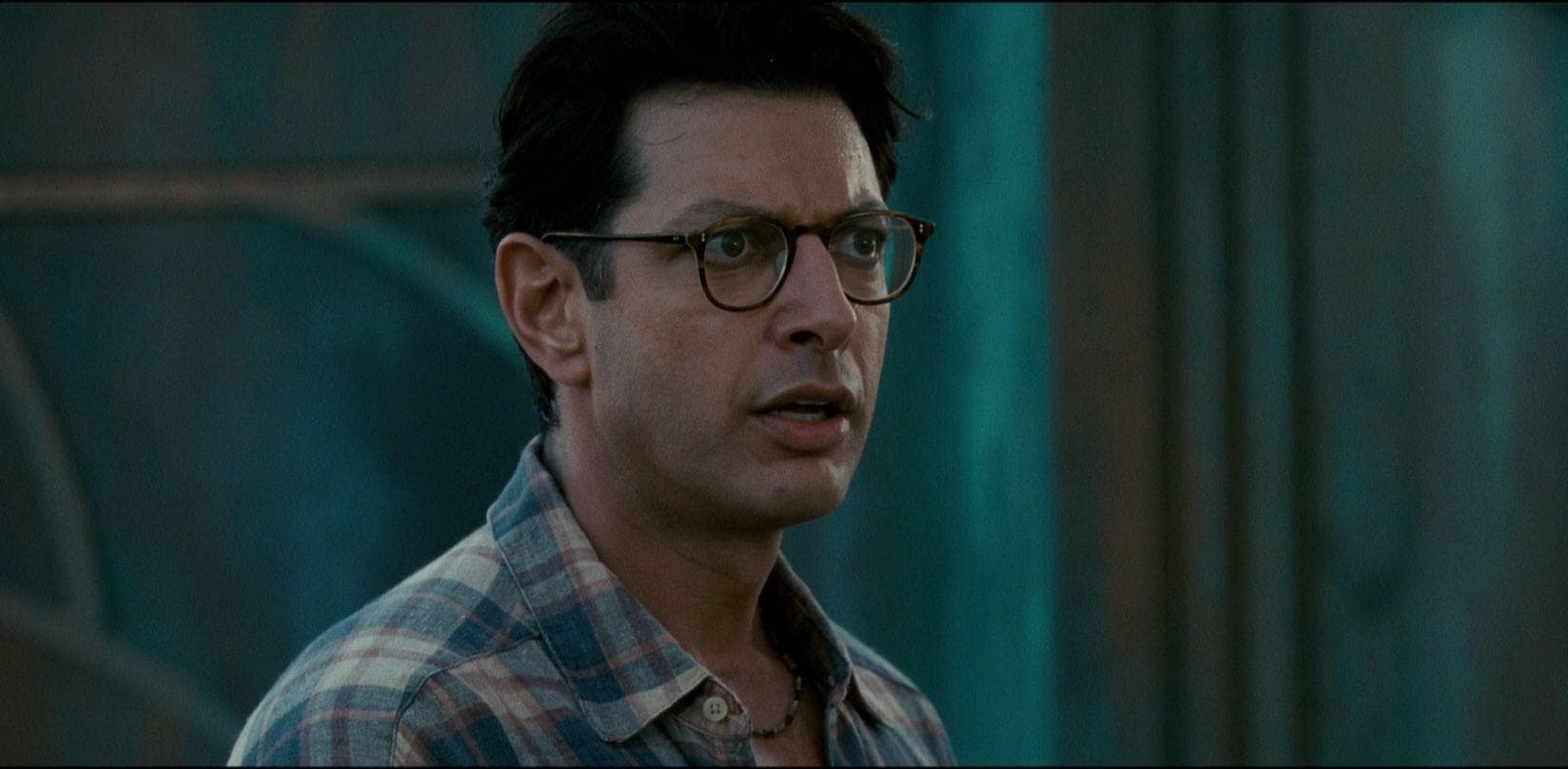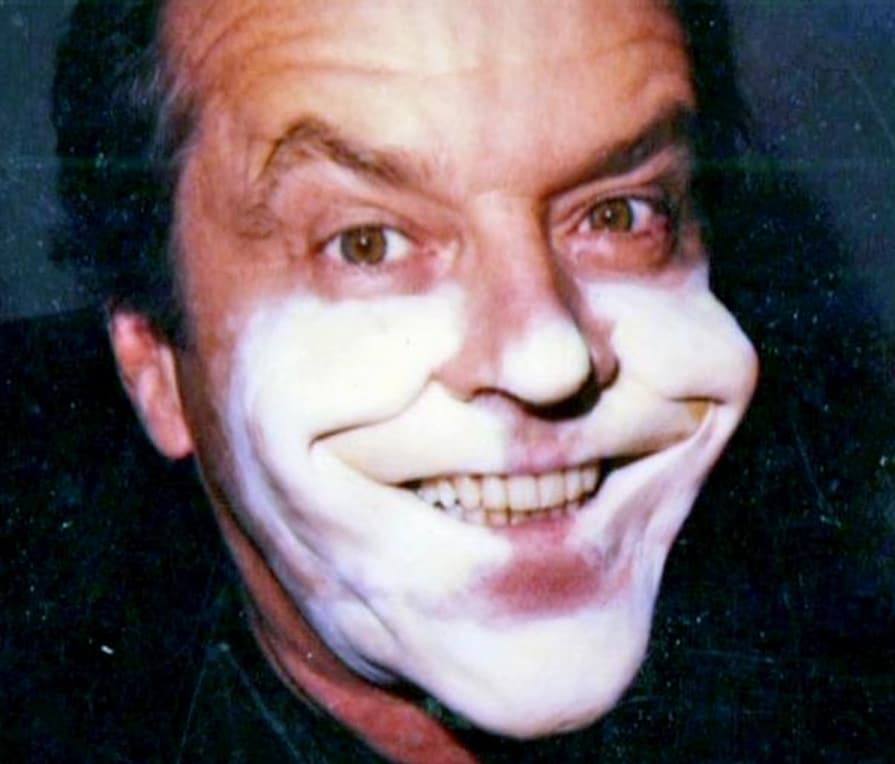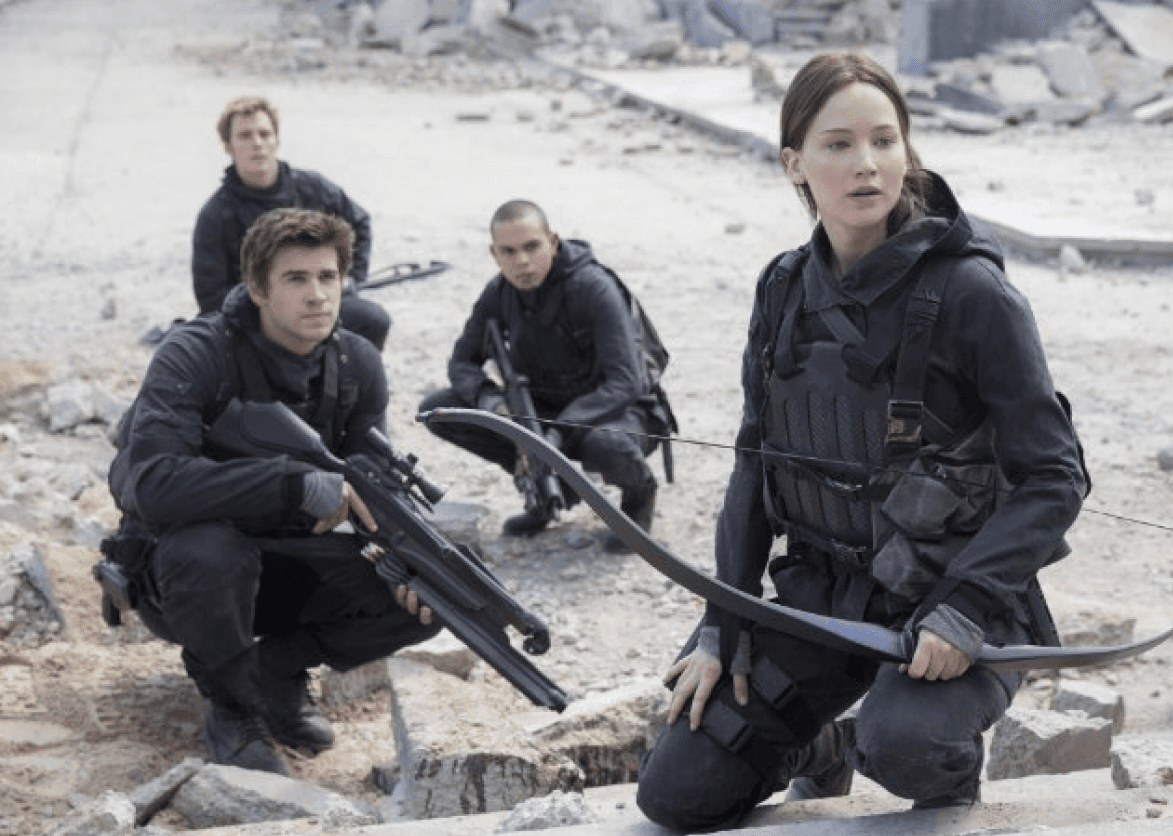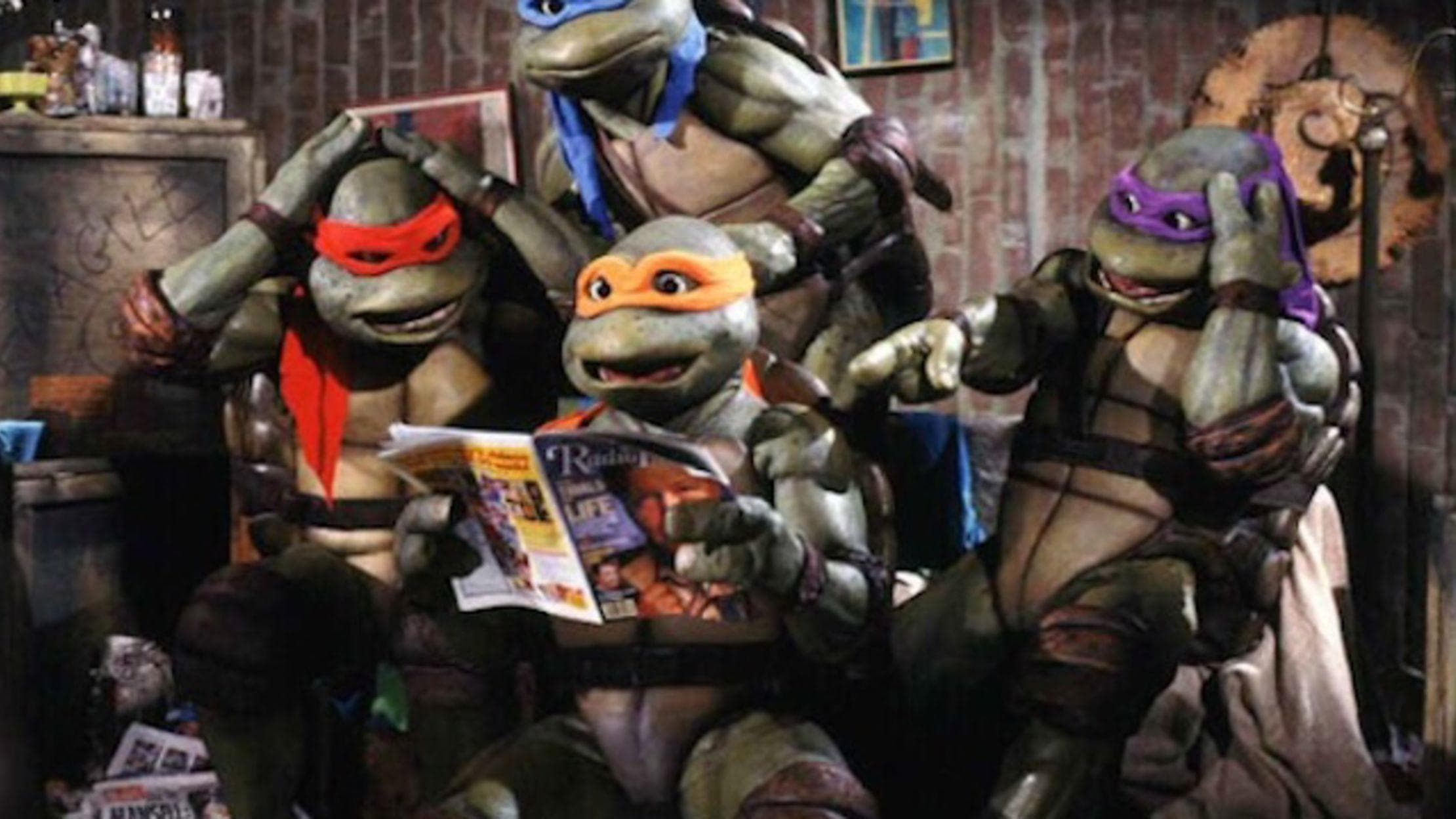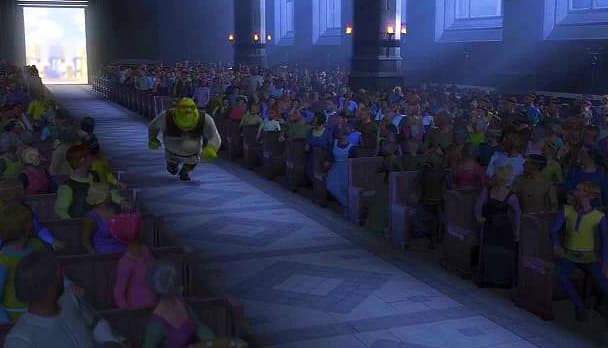-
(#8) Vincent D’Onofrio Gained A Record 70 Pounds - But The Weight Caused Him To Tear Ligaments In His Legs On The Film's Obstacle Course
Prior to making Full Metal Jacket, Vincent D'Onofrio was an unknown actor with just a couple of bit parts on his filmography. He was an attractive, athletic, and fit young man. Kubrick cast D'Onofrio for the role of Private Leonard "Gomer Pyle" Lawrence - an overweight and clumsy Marine recruit who would be the central character in one of the film's most disturbing scenes.
In order to become Pyle for his big-screen debut, the actor put on 70 pounds. D'Onofrio's physical transformation set the record for the most weight gained by an actor for a movie role.
''It changed my life,'' he said. ''Women didn`t look at me; most of the time I was looking at their backs as they were running away. People used to say things to me twice, because they thought I was stupid.''
The extra weight also put a strain on D'Onofrio's bloated 280-pound body. During one of the boot camp obstacle course scenes, the actor injured his left knee so badly that he would later require major surgery.
It took D'Onofrio one year to take off the weight. But the actor knows that it was totally worth it in the end:
I gained weight everywhere. My thighs were tremendous, my arms were tremendous, even my nose was fat. I had a tough time tying my shoelaces, but this was the only way I could play Leonard, because I had to be weak-minded in the same way. Because of the weight and the fact that he was totally out of his element, Leonard's mind became weak.
-
(#6) The Film Was Shot In Reverse Order: Vietnam First, Boot Camp Second
Full Metal Jacket is divided into two very distinct parts. The first half of the movie features the Marine platoon as they go through the rigorous boot camp training under Hartman. The second half of the movie is the platoon stationed in Vietnam. However, Kubrick decided to film the Vietnam scenes first.
Modine, who played Private Joker, isn't exactly sure why Kubrick opted to film the Vietnam scenes first. He thinks it most likely had something to do with the timing of the Beckton gasworks demolition:
I was never certain why we shot the film backwards, but I knew we had to be out of Beckton gasworks by a certain date because it was scheduled for demolition. It would have been a completely different film if we'd gone to the jungles and shot Vietnam that way. The street fighting, I think, is one of the things that makes the film timeless. It looks like Afghanistan or Iraq today.
-
(#1) Ermey’s Audition Tape Involved Screaming Insults While Being Pelted With Oranges And Tennis Balls
How exactly did Ermey go about convincing Kubrick to cast him as Hartman? The veteran's plan required an old-fashioned switcheroo that had worked twice before in Apocalypse Now and The Boys in Company C.
Ermey worked his way onto Kubrick's set as a technical director. He then went about convincing Kubrick that he should actually be cast as the drill sergeant in the movie, despite the role already being claimed by Tim Colceri.
The veteran made an audition tape that depicted him as the abusive drill sergeant, yelling insults as tennis balls and oranges flew at his head.
Kubrick heard these tapes and replaced Colceri, who had just spent weeks learning the 28 pages of difficult dialogue. Colceri did get a smaller part in the movie as the helicopter gunner who yelled out, "Get some," while brutally gunning down Vietnamese noncombatants.
Ermey rehearsed the same way he earned the part. The actor had Kubrick's assistant Leon Vitali throw tennis balls at him while he prepared for his scenes.
"I had to catch the ball and throw it back to Leon as fast as possible and say the lines as fast as possible," Ermey revealed. "If I were to slur a word, drop a word, or slow down, I had to start over. I had to do it 20 times without a mistake. Leon was my drill instructor."
-
(#3) One Of The Screenwriters Couldn’t Attend The Oscars Because He Was Being Prosecuted For Stealing 10,000 Library Books
Gustav (Gus) Hasford served in Vietnam as a Marine and war correspondent. Following the conflict, he became a journalist and wrote the semi-autobiographical novel The Short-Timers, which became the source material for Full Metal Jacket. Hasford also co-wrote the screenplay along with Kubrick and Michael Herr.
Full Metal Jacket earned one Academy Award nomination for best adapted screenplay (it lost to The Last Emperor). In 1988, right before the Oscar ceremony, campus police from California Polytechnic State University arrested Hasford after discovering 10,000 library books inside his storage locker.
Hasford was subsequently charged with grand theft for swiping over 1,000 books from 63 different libraries. The estimated worth of the library books was $20,000. Several rare books were found in his possession.
Hasford was able to negotiate a plea deal. He was sentenced to six months in jail and fined $1,000. The court decision also stipulated that Hasford had to return all the books to their rightful owners. The writer ultimately served three months of his sentence.
Even if Hasford had not been hauled in, he may have skipped the Oscar ceremony anyway. The writer had a combative relationship with Kubrick and was even banned from the set. He wanted full screenwriting credit and threatened the production with a lawsuit. He reportedly disguised himself as an extra in order to sneak onto the set.
-
(#13) Kubrick Flew In 200 Palm Trees From Spain To Help Him Create Vietnam In England
Kubrick didn't really believe he needed to travel to make a movie. For one thing, he did not like to fly. Beginning in the early 1960s, the American expatriate made all of his movies in England, where he lived.
Not one frame of Full Metal Jacket was filmed in Vietnam - or anywhere near it. The film was made entirely in England. All Kubrick had to do was figure out how to make the UK look like Vietnam.
Vietnam has a tropical and humid climate. It is home to 113 different species of palm trees. The detail-oriented Kubrick needed to have authentic-looking palms in the movie. In order to create the lush tropical forests of the Southeast Asian region, Kubrick flew in around 200 actual palms trees from Spain. He also brought in 100,000 plastic tropical plants from Hong Kong.
-
(#12) A 3-Foot Pipe Full Of Pasta And Fake Blood Was Used To Create The Film’s Violent Gunshot Bursts
There's no doubt that the scene in which Pyle finally snaps and kills his oppressor, drill instructor Hartman, and then himself is one of the most memorable in the film. It's a graphic and difficult scene to watch.
In order to re-create the result of Pyle putting the rifle in his mouth and pulling the trigger, the crew needed to show his brains being blasted onto the white bathroom wall behind him. Actor Matthew Modine told Kubrick how director William Friedkin filmed a similar scene in To Live and Die in L.A. Kubrick and his team got a copy of the film and watched the scene repeatedly in slow motion.
Based on Friedkin's editing and gut-slinging method, Kubrick constructed a 3-foot pipe. The vessel tossed a combination of fake blood and pasta at the white wall behind D'Onofrio by using pressurized air. A simple edit in post-production made the tragic scene appear as realistic as possible.
New Random Displays Display All By Ranking
About This Tool
Our data comes from Ranker, If you want to participate in the ranking of items displayed on this page, please click here.

